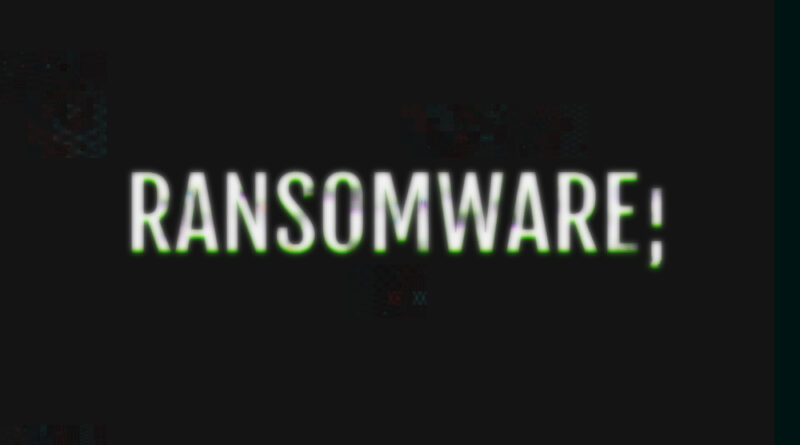Ransomware Attacks on U.S. Critical Infrastructure Jump 9 % in 2024, FBI Finds
Key Takeaways
| Metric (IC3 2024) | 2024 | Δ vs 2023 |
|---|---|---|
| Total ransomware complaints | 2,825 (approx.) | +9 % |
| Critical-infrastructure share | 48 % | +6 pp |
| Reported cyber & fraud losses | US $16.6 B | +33 % |
| Losses via cryptocurrency fraud | US $9.3 B | +66 % |
| 60 + age-group losses | US $4.8 B | No. 1 demographic |
Why Ransomware Remains America’s Top Cyber Threat
New FBI Internet Crime Complaint Center (IC3) data show ransomware eclipsed all other threats to U.S. critical infrastructure in 2024. Although headline-grabbing law-enforcement takedowns disrupted gangs such as Hive and Ragnar Locker, the FBI still logged a year-over-year surge in incidents.
-
Target profile: Critical manufacturing, healthcare, government facilities, financial services and IT services were hit hardest, underscoring attackers’ focus on organisations whose downtime triggers public-safety or economic shockwaves.
-
Rapid weaponisation: The Medusa variant alone racked up 300+ victims across 16 CISA-defined sectors between mid-2021 and Q1 2025.
-
Attack economics: “Double-extortion” playbooks—file-locking plus data-leak threats—continue to command seven- and eight-figure payouts, incentivising repeat campaigns despite crackdowns.
Rising Costs and Shifting Tactics
| Attack Vector | 2024 Trendline | Primary Impact |
|---|---|---|
| Ransomware | +9 % complaints; higher dwell-time reduction | Operational disruption; ransom outflows |
| Cryptocurrency scams | +66 % losses | Investment & romance fraud; ATM “pig-butchering” |
| Business-email compromise (BEC) | Still #1 in dollar losses | Invoice redirection; spoofed executives |
| Elder-targeted fraud | 147 k complaints from 60 + | Phishing & tech-support scams |
The FBI attributes the steep 33 % jump in overall cyber-crime losses to:
-
Faster monetisation: Threat actors leverage instant crypto payments and mixers to launder funds.
-
Commodity malware-as-a-service: Low-skill adversaries can rent turnkey ransomware kits and phishing frameworks.
-
Under-reporting: Many mid-sized businesses and elder individuals fail to file complaints, masking the true scale.
Defensive Actions for 2025
-
Zero-trust adoption: Segment OT/IT networks in energy, manufacturing and healthcare to blunt lateral ransomware movement.
-
Immutable backups + MFA: Combine offline copies with phishing-resistant authentication to reduce ransom leverage.
-
Cryptocurrency tracing partnerships: Leverage blockchain analytics to flag fraud patterns and pre-empt fund transfers.
-
Senior-focused awareness: Tailor cyber-hygiene campaigns to 60 + users, the most financially impacted group.
-
Continuous disclosure: Encourage near-real-time IC3 reporting to improve threat-intel feeds and law-enforcement response.
Outlook
Despite high-profile stings against ransomware syndicates, 2024’s numbers reveal that extortionware remains entrenched—particularly against the 16 critical-infrastructure sectors whose failure could derail public health, safety and the economy. With 2025 projections already showing aggressive variant development and cross-platform payloads, organisations must shift from reactive recovery to proactive resilience or risk becoming the next statistic.
Photo Credit: DepositPhotos.com

